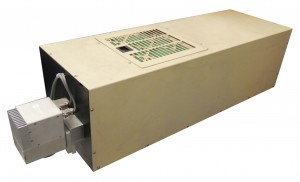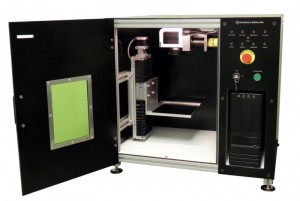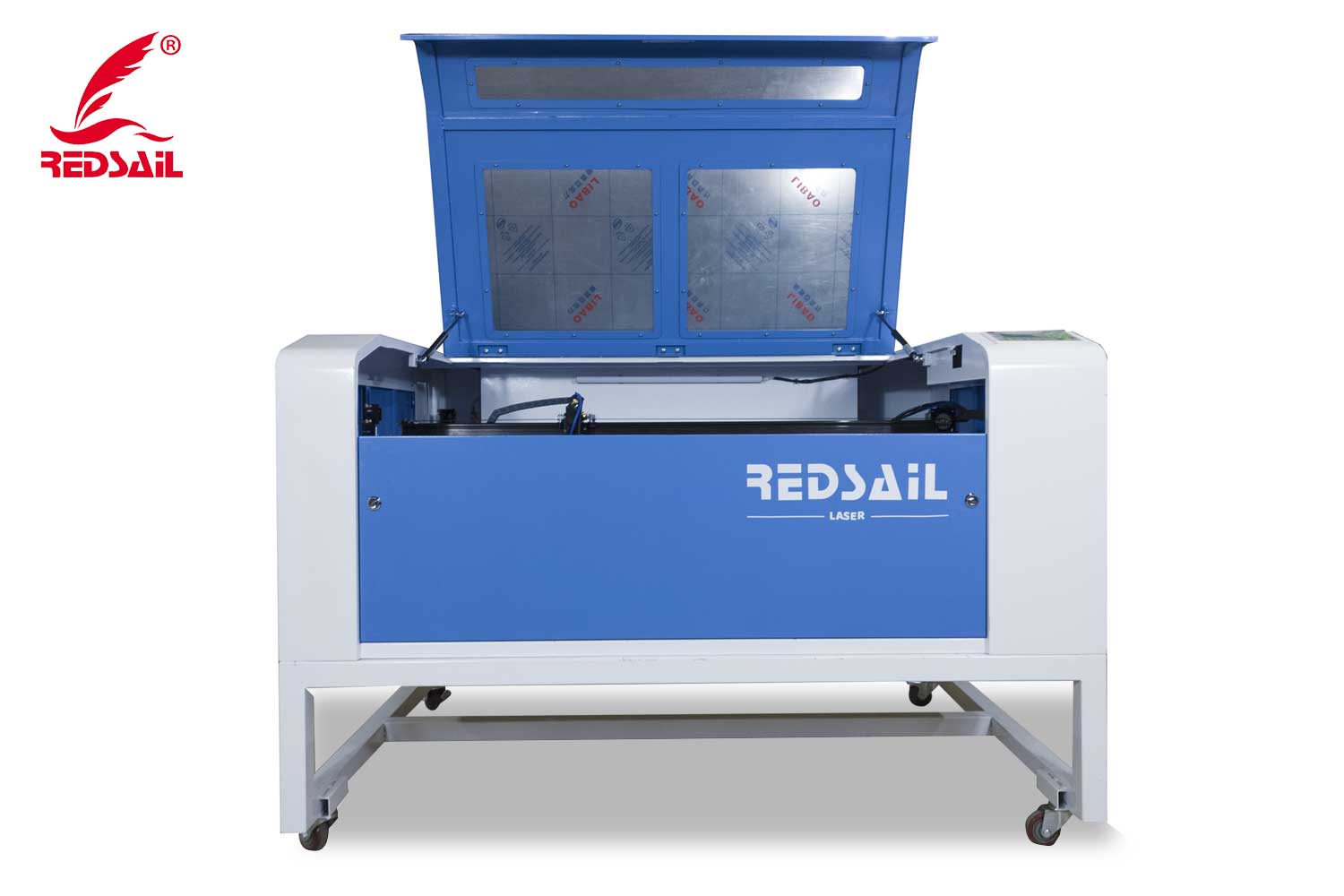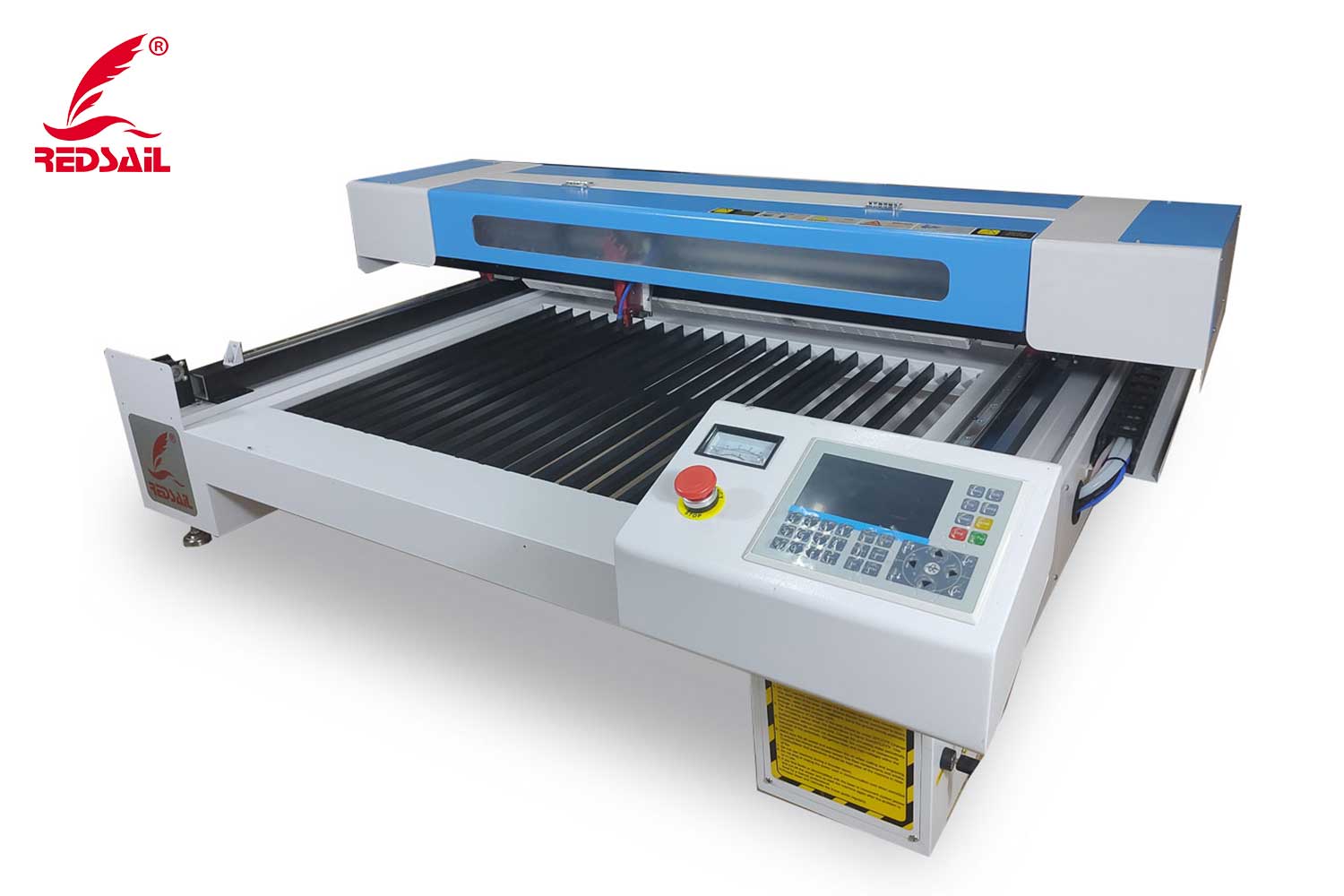Laser cutting machine is a general solution to various industrial and commercial challenges. With the use of appropriate laser cutting machines, industrial and commercial organizations can meet their needs for engraving, cutting or marking a variety of different materials, and their technology stands out in the competition. Below, we list five main advantages related to the use of laser engraving or cutting machines. Read on to learn how the versatility and precision provided by powerful laser technology can benefit your organization.
Laser cutting machine is widely used
Laser cutting machines are versatile in the sense that they can perform different operations depending on how the user or operator configures their settings. Laser cutting, engraving, marking, and even laser etching can all be performed by the same machine with different operating conditions, and each function lends itself to different types of applications. Let’s take a look at the four functions and how they differ:
Laser cutting is when a laser machine is used to cut entire shapes or sections out of the chosen material. High-powered CO2 lasers machines are the best option for cutting through plastics and metal substances, as they interact with the material directly, not just the pigment in the material. Some metals have high enough melting points that they cannot be cut with lasers, but virtually all fabrics and paper materials can easily be shaped into something new by laser cutting.
Laser engraving uses a high-powered laser to vaporize the surface of the material, leaving a visible marking with a depth between 0.02″ and 0.125″. Laser engraving is a useful process for personalizing or customizing an object made from wood, leather or stainless steel, but the process may be inappropriate for industrial parts-marking application as the depth of the cut can compromise aspects of the material that are critical to its performance.
Laser etching is a special type of laser engraving that makes extremely shallow cuts, typically just 0.001″ in depth.
Laser marking is typically used to create permanent bar codes or other traceability markings on metal products, such as medical devices or automotive or aerospace components. Laser marking does not cause any physical change to the material, as it is done with only a low-powered laser. The beam causes oxidation under the surface layer of metal, causing it to change color and leaving a permanent, high-contrast marking. Laser marking is effective on flat, curved and round surfaces.

Image courtesy of Hai Tech Lasers
Caption: High-powered CO2 laser machineslike this have rapidly replaced virtually all traditional marking technologies, such as dot peen, inkjet, and labeling. Lasers create permanent and consistent markings at a low price point with a high accuracy that simply can’t be matched by other marking technologies.
Vector Cutting Machines Are Precise And Reliable
Mechanical and laser cutting are both common fabricating processes that are represented throughout the manufacturing sector today, but there’s a reason that an increasing number of manufacturers are choosing to rely on laser cutting machines to fulfill their needs.
That reason is the unparalleled precision and reliability of a computer numerically controlled (CNC) vector cutting machine, its ability to deliver absolute consistency and help minimize risk throughout the cutting process. Compared to mechanical cutting, laser cutting offers:
- the ability to apply finish to a product, whereas machine-cut parts may require post-machining treatments to finish them
- no direct contact between the material and the laser cutter, reducing the likelihood of material contamination or an accidental marking
- less heat generated in a smaller area compared to mechanical cutting, reducing the risk that the material will become deformed or misshapen at the cutting site
The laser engraving process also outperforms its industrial counterpart, computerized rotary engraving. With lasers, the time and labor needed to set up an engraving job were reduced and laser engraving could be used to mark a wider variety of metals and other materials.
Some manufacturers continue to use chemical etching to mark their products, but laser marking is certainly a more efficient option. Thanks to its CNC interface, laser markers can produce consistent markings on a variety of materials, even of different shapes, with 99.9% accuracy. A process such as chemical etching, whose success depends on the variable absorption rate of the chosen material for the acid, often produces markings with error/defect rates of up to 50%. Chemical etching lacks both the precision and reliability of laser etching when it comes to producing high-quality, long-lasting laser marks.
Laser Cutting Works With A Variety Of Materials
Have you ever wondered “What can you cut with a laser cutter?” The answer is, almost anything. Laser cutting works by directing a highly concentrated beam of light rays, the output of a high-powered laser, through a series of lenses that magnify their intensity and onto the desired surface. When the laser beam hits the material on the targeted surface, it is either vaporized, melted, burned away, or blown away by a jet of gas.
Lasers are used to cut, etch, mark and engrave materials for a variety of applications. On the industrial side, manufacturers of automotive and aerospace parts use laser cutting machines to mark parts with unique traceability numbers or product identification codes, making it possible for regulators to trace the path of each part through the supply chain. Product designers use laser cuttings to create home decor products and other crafts. The versatile applications of laser cutting machines are due in part to the versatility of materials that can be cut by a laser, including:
- Acrylic, also known as Plexiglas, a hard plastic material that comes in many different colors
- Mylar also called polyester
- Nylon
- Two-tone acrylic
- Polyethylene and polypropylene
- Stainless steel
- Anodized aluminum
- Silicone
- Cloths such as suede, leather, hemp, and cotton
- Sheet metal, including magnetic sheets
- Papers
- Rubber products such as neoprene and viton
- Woods (balsa, birch, oak, cedar, cherry, and others)
Aerospace parts manufacturers benefit significantly from the versatility of laser engravers and cutters, as they can be used to mark wires made from rubber, custom instrumentation panels made from two-tone acrylic and mechanical components made from stainless steel.
Laser Engraving And Cutting Is Extremely Safe
Laser cutting machines are becoming increasingly common on the job site, in public workshops and “maker spaces”, and even in schools – but what are the risks?
The Laser Institute of America, in collaboration with the Occupational Safety and Health Administration (OSHA), has released a document called ANSI Z136, which establishes safety standards for operating lasers in the workplace. Under the standard, the laser in your typical laser engraving machine would be labeled as Class 3B or Class 4 – high-powered laser beams capable of causing severe skin or eye injury.
Despite that, laser cutting machines have been designated as “low-risk” under the standard because they are fully enclosed and interlocked. Users should never manipulate safety features or intentionally expose their skin or eyes to the laser beam – but otherwise, laser engraving and cutting are extremely safe and low-risk technologies.
Conversely, alternatives to laser cutting can pose a significant threat to the safety of workers. The chemicals used in acid etching can be toxic if ingested and corrosive to the skin, and workers are much more likely to be injured by a mechanical fabrication process than by a laser cutter.

Image courtesy of Hai Tech Lasers
Caption: In desktop laser markers such as this one, the laser is housed within an enclosure that should always be closed when the program is active. As a result, the machine operator is never exposed to the laser beam which could be intense enough to seriously damage eyes or skin. Their compact design and inherent safety make desktop laser cutters popular for marking small medical implants or industrial components.
A Laser Cutting Machine Produces Few Waste Products
One of the best things about operating a laser cutter in your workshop or on your manufacturing line is that they don’t produce any real waste and don’t require any consumables.
Imagine that you’re manufacturing automobile components that have to be marked for traceability and you have the choice between marking with a laser cutting machine or with chemical etching. If you choose etching, you’ll need to establish relationships with suppliers that can provide you with the chemicals, acids, and the wastewater treatment equipment needed to dispose of them legally. You’ll also have to generate a unique physical stencil for each unique marking, or replace a used stencil after 20-30 uses.
In contrast, the only consumable used by a laser cutting machine is electrical power so you’ll have no new waste removal processes and no extra products to order.
Summary
Laser cutting and engraving machines provide significant benefits for tissues using them. These different machines can perform a variety of applications, including engraving, cutting or marking various materials (stainless steel, plastic, wood, paper, etc.). In addition to accuracy and reliability, laser cutting machine is also valued for its excellent ANSI z136 safety sign and no material waste.



